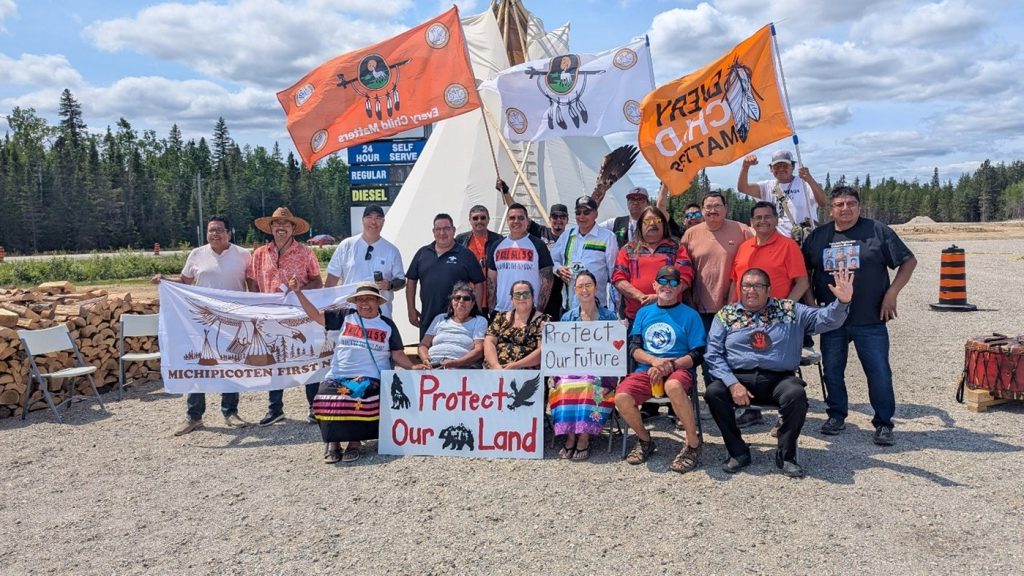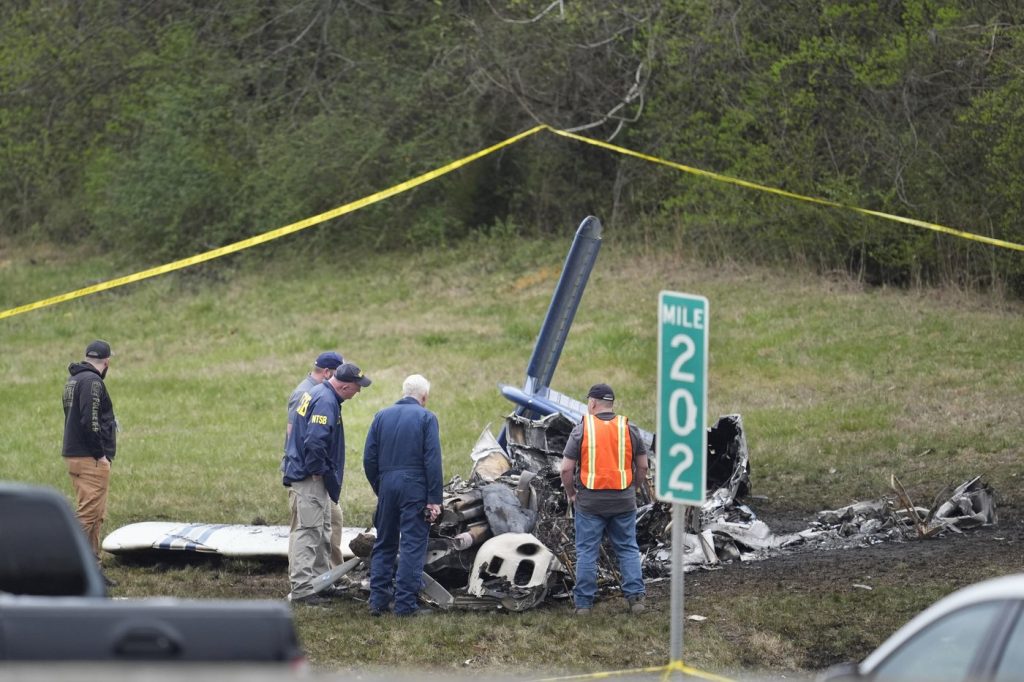A northern Ontario First Nation has recently completed a four-day demonstration aimed at drawing attention to their grievances with fast-tracked federal and provincial legislation that seeks to expedite mining and development activities. The protest, which effectively slowed down traffic along the Trans-Canada Highway, was staged by the Netmizaaggamig Nishnaabeg community, under the leadership of Chief Louis Kwissiwa. The demonstration took place alongside Highway 17 and was directed specifically against federal Bill C-5 and provincial Bill 5.
The federal legislation, which has already been passed, is intended to accelerate significant projects that are considered to be in the "national interest." On the other hand, the provincial legislation extends further by empowering the cabinet to suspend both provincial and municipal laws within designated special economic zones. This is aimed at hastening various projects, including mining operations, in mineral-rich areas such as the Ring of Fire region.
Both the federal and provincial governments are eager to exploit the mineral wealth in the Ring of Fire, but the introduction of these new laws has generated considerable outrage among many First Nations. Community leaders and members argue that these legislative measures violate their rights and overlook their concerns regarding potential environmental and cultural impacts. They have also issued warnings about possible blockades in response to the situation.
During the protest, Chief Kwissiwa articulated the community's position, emphasizing that while they are supportive of development initiatives, they feel disrespected by the manner in which both levels of government have approached the creation of these laws. The Chief's comments highlight a broader sentiment among the First Nations that they are not adequately included in the decision-making processes that affect their lands and livelihoods.
The demonstration, which garnered significant media attention, is reflective of a growing movement among Indigenous communities in Canada to assert their rights and demand meaningful consultation regarding land use and development projects. The initial phases of their protests serve as a clear indication that First Nations are prepared to take action to protect their interests and ensure that their voices are heard in discussions that could shape the future of their territories.
This situation exemplifies the ongoing tensions between Indigenous rights and government-driven development agendas in Canada. As the dispute unfolds, it remains to be seen how both the federal and provincial governments will respond to the concerns raised by First Nations and whether any amendments to the proposed legislation will be made to facilitate a more inclusive approach.
The events surrounding the protest and the legislation continue to develop, with First Nations poised to maintain their stance against what they view as encroachments on their rights and self-determination.










